Geocells must retain their performance over time, e.g., maintain their 3D geometry (dimensional stability), for the reinforcement mechanisms (wall stiffness, beam effect and elastic modulus) to function. Deviation in geocell geometry will weaken the pavement and cause fatigue failure.
The unique Neoloy® polymer alloy provides the Neoloy Tough Cells with the optimal combination of strength, stiffness and durability. Neoloy maintains its stiffness and geometry for the geotechnical project lifespan under dynamic loading, thermal cycling and high temperatures. Pavement layers and subgrade reinforced by Neoloy Tough Cells improve the level of pavement stability and uniformity, thereby increasing the performance and life of the pavement.
The result? Neoloy enable SIGNIFICANT SAVINGS IN CONSTRUCTION RESOURCES
Significantly less road repairs and rehabilitation which lead to the lowest construction time, earth works, faster installation and making the road more sustainable and economical.
The high modulus Neoloy Tough Cells have been calibrated for use with today’s mechanistic empirical models (MEPDG) for road design (e.g., AASHTO Roadside Design Guide). Neoloy’s long-term strength makes it a “perpetual geocell”, suitable for the base of perpetual pavements and perpetual railway superstructures.
Neoloy® is revolutionizing the use of geocells for engineers and contractors. How? Because the rigid Neoloy® Tough-Cells are manufactured in several different categories according to strength and other design factors. Now you can select the Neoloy type that fits the project requirements. The result is best suited performance at optimal cost, no matter which project type. PRS offers:
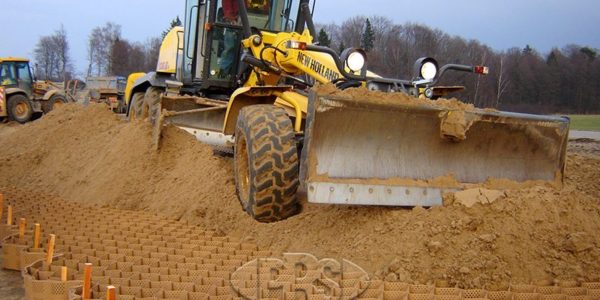
Neoloy enables the use of local sand by making it stronger than gravel, and also allows the use of recycled asphalt and concrete – making them as strong as semi-bound materials.
Vertical loading on Neoloy Geocells infilled with compacted granular material creates a semi-rigid slab or “beam effect” over soft soils, as shown in the figure below. Also known as the tensioned membrane effect, this refers to the tension developed in the curved geocell-reinforced mattress to resist the vertical load (Rajagopal, et al 1999).
This effect, however, is dependent upon significant deformation of the pavement structure (Han 2004). As the geocell-reinforced section is stiffer than the surrounding soil, the curved surface exerts upward reaction and reduces the net stress to the subgrade (Pokharel 2010). The beam effect distributes the load evenly and effectively over a wider area, thereby increasing bearing capacity and decreasing differential settlement.
The zone of influence created by the geocell is higher than the cell wall height. The beam effect on the PRS-Neoloy reinforced base was verified in lab studies and field tests by Han et al, 2011, and Kief and Rajagopal 2011.
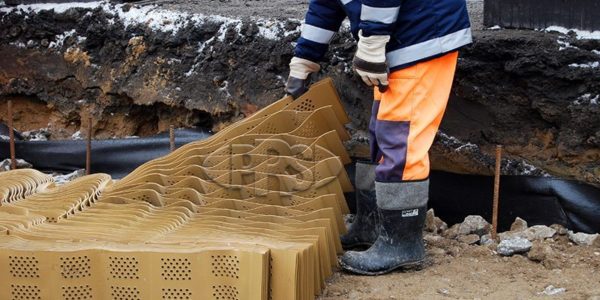
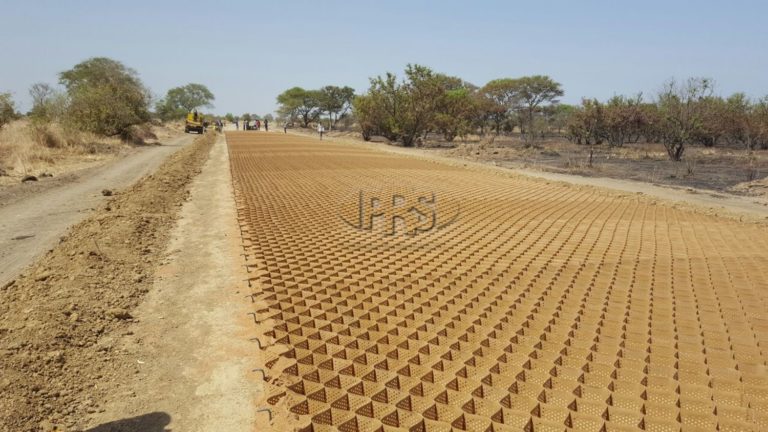
Neoloy® Tough Cells optimize project resources and costs of unpaved, gravel and sand roads while lowering maintenance costs (Get a Design).
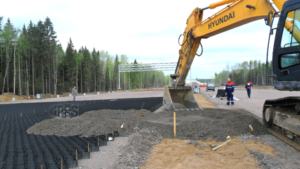
Neoloy® Tough Cells mechanically stabilize the base and sub-base layers of a paved road to keep low deformation level with the high Neoloy stiffness (<2% permanent deformation, ASTM D6992) (Get a Design).
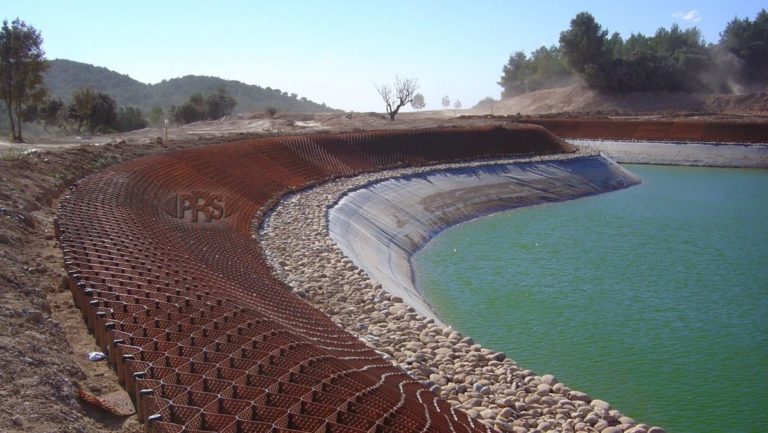
The high dynamic-modulus 3D Neoloy® Tough Cells protection absorbs dynamic energy while maintaining the stability of the surface cover. This achieves a reliable and durable solution that prevents erosion and slope failures and eliminates flood events (Get a Design).
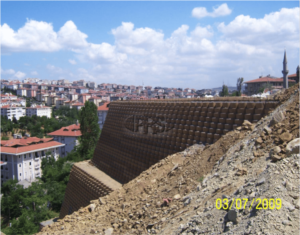
PRS Neoloy® Tough Cells walls are durable and green earth retention walls with low creep <3% for more than 75 years. Ideal for steep, unstable slopes and maximize site development (Get a design).
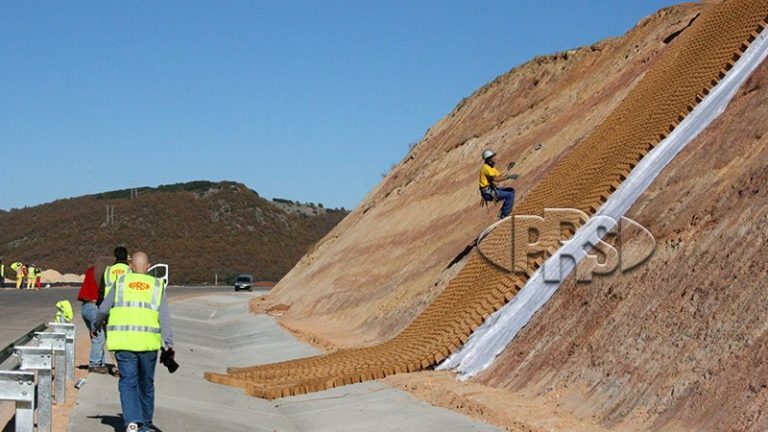
PRS Neoloy® Tough Cells hold the soil in place against soil sliding forces. The cells act as a 3D mechanical stabilizer, and the high Neoloy stiffness guarantees low permanent deformation (<2%, ASTM D6992) to keep the cells and infill material in place (Get a design).